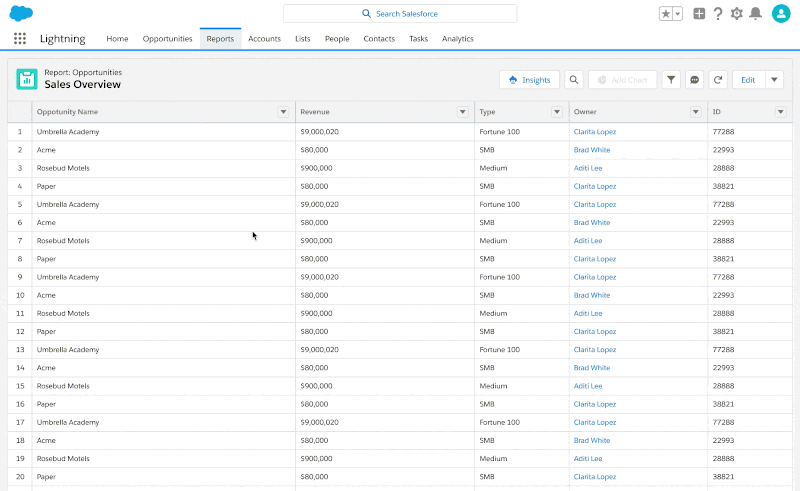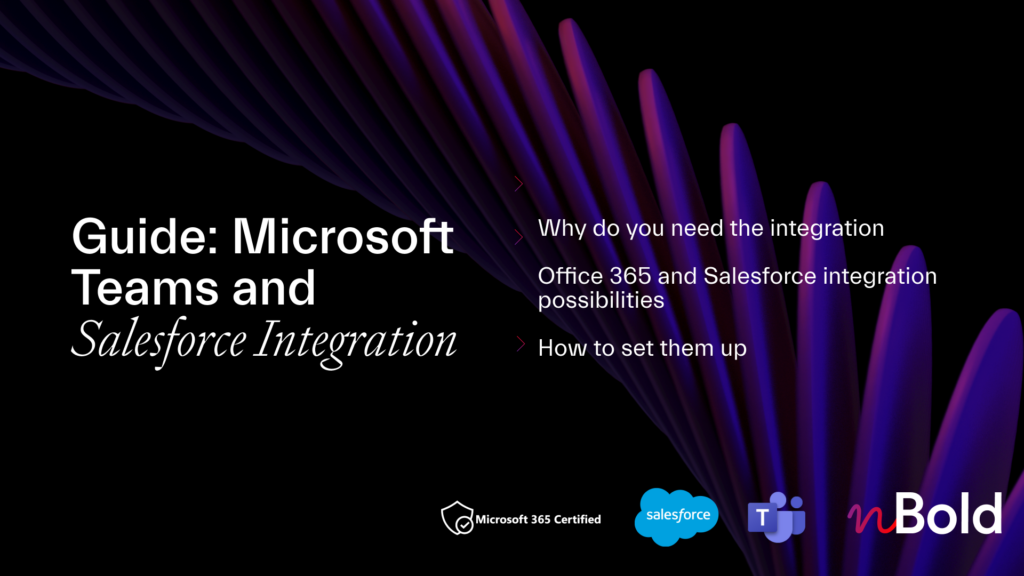Salesforce is one of the best tools for sales. It can help you identify more leads, improve your sales productivity and impact your engagement. Here, we’re sharing some of the most useful Salesforce hacks for salespeople.
1. Track leads by source for remarketing
Evaluating your Salesforce leads sources will help you determine better remarketing strategies. When you pinpoint the number of people coming through each source, you can better allocate funding. Remarketing campaigns need to be much more economical than the initial marketing campaigns. In order for you to keep reducing their potential budget effectively, you need to focus on the most efficient source of lead generation.

2. Track the better and faster converting leads
You need to look at leads that convert faster and the ones which work better. These two will help you chase after leads that will ostensibly get you a better ROI. The source and type of lead, as well as the time it takes for a lead to convert, are both powerful metrics. They will help you remarket to your first contacts and keep them engaged. They will also help you pinpoint the sources of the best converting leads. While most companies focus on the source of the most leads, focusing on the best ones instead is economically sound.
3. Focus on Opportunity types for better revenue
All opportunities are not created equal. You need to track the win rates of all opportunities that come your way to realize which ones work best. You also want to categorize those opportunities so that the ones that win more revenue are selected more often.
Often, a singular type of opportunity will take much longer to close because of the nature of the deal. However, the revenue at the end may make it worth it. What you can do here is to single out opportunities with the highest pay offs so that you can go after them more often
4. Run historical trend reports
Tracking data over time is crucial in sales because it helps identify lulls and dips in activity. It also helps identify which sales practices and processes have worked in your favor and why. Historical trend reports are the best way to track data over time. You can compare the differences in numbers a week, a month, a year ago. It also feels nice to see the progress you’re making, of course. All in all, tracking your progress through the years in Salesforce is a great hack to setting new goals and learning from mistakes.
You can learn how to set up historical trend reporting here.

5. Compare partner leads
The comparison of partners in lead performance can help decide which ones need to be expanded, continued, or terminated. If you’re concerned with the number or quality of leads brought in by a partner, those may be valuable metrics. You can set benchmarks by tracking them so that they’re forced to maintain them if they want to continue with you.
6. Inline editing is crucial
What is inline editing? It’s a feature that lets you edit information right where you find it rather than finding the source. This feature is especially useful when you’re looking at records pages or list views. You will find that quite a few corrections need to be made on a list, which can take some time. Multiple corrections can take hours to do if you’re doing it manually. Instead, in-line editing can make those corrections from the list or the page itself.

7. Use consulting partners for a better Salesforce output
Even though Salesforce is a popular tool, few use it to its optimal potential. There’s bound to be more than what you’re doing with it now. It may be worth investing in a Salesforce consultant to tell you about certain features you’re not using. This consultant will help you create a plan for implementing those features better.
8. Focus on a single sales platform
Having all your eggs in one basket is often considered a bad thing. However, having them in several different baskets will make you lose track. In the case of sales, it’s better to track data and leads coming in from one source.
Make sure that your sales team logs in data into one platform, in our case – Salesforce.
9. Use LinkedIn Sales Navigator
LinkedIn is a great source to identify leads. 50% of its users are in the B2B space and are decision- makers. Familiarizing yourself with that channel can result in many great leads. Using the LinkedIn Sales Navigator tool can help you unveil target contacts and connections. Like any social network, LinkedIn will group your leads and targets according to specific data and demographics. Applying this Salesforce hack will allow you and your sales team to know exactly who they’re targeting.
→Download: Microsoft Teams & Salesforce Integration Guide
10. Integrate Salesforce with Microsoft Teams
Most of the time your sales reps are not the only ones involved in the sales collaboration process. They work hand in hand with their fellows from marketing, customer success, IT department, legal, and others. However, only sales usually have a Salesforce license given that it’s one of the most expensive tools out there.
To facilitate the way your team work and drive better sales results you want to make sure everyone is well-aligned on what’s going on in Salesforce. Microsoft Teams and Salesforce integration is a great way to achieve that.
You can get automatic notification in Teams whenever something important happens in Teams, preview Salesforce records, and add records as tabs. And if you decide to streamline the process further with nBold, you can trigger creation of new pre-built teams whenever a new deal or account is created in Salesforce and much more.

Learn more about it here.

Guide: Microsoft Teams and Salesforce Integration
- Why you should integrate Salesforce with Teams
- All integration possibilities
- Most demanded use cases
- How to set up the integrations
By implementing these 10 Salesforce hacks, you’ll see how the productivity of your sales team goes way up and your overall sales numbers grow with it.

